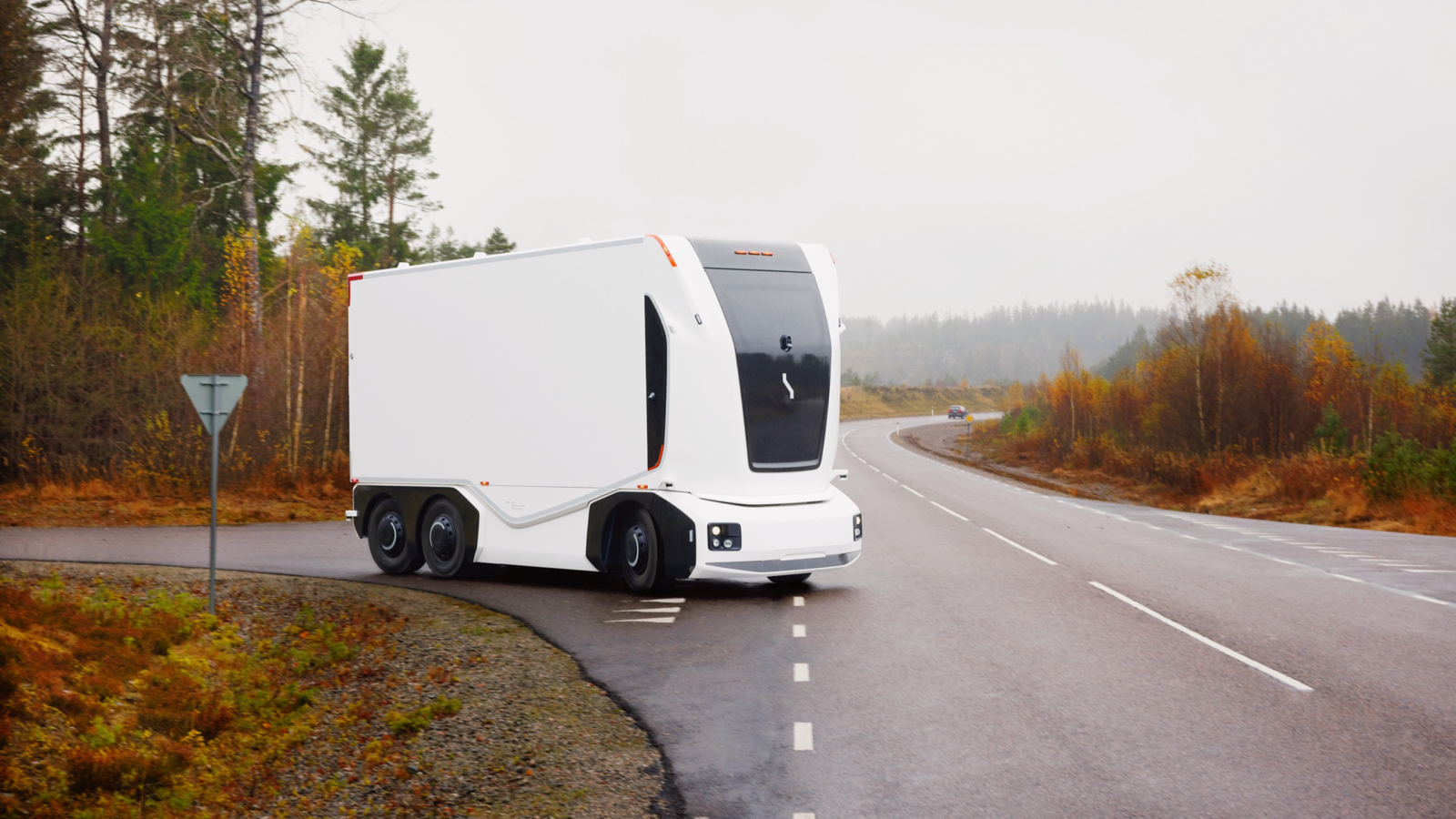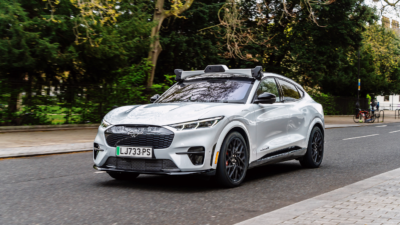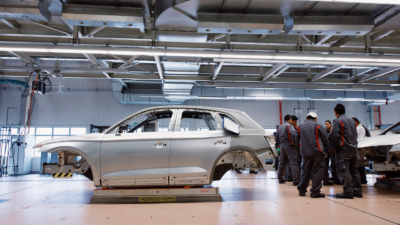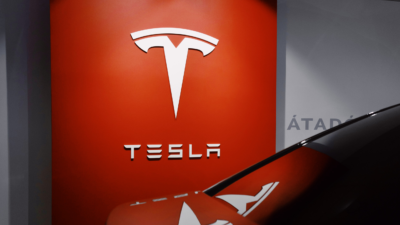
Sign up for smart news, insights, and analysis on the biggest financial stories of the day.
With a top speed of just 100 miles per hour, this two hundred thousand dollar auto will have you eating the dust of other luxury vehicles. A similarly priced Ferrari F-8, for example, can go more than twice that fast.
But that’s not the point. Does the Ferrari F8 have battery-charging solar panels? No. The new $263,000 Lightyear 0 does, and its namesake parent company says deliveries will start this year.
Driving Off-Grid
An electric vehicle (EV) that can charge itself by driving around or merely sitting out in the sun is all about efficiency over speed and power. Lightyear, the Dutch company behind the Lightyear 0, says a person who commutes 21 miles or less each day could drive for months without needing to plug their car in for a recharge. The company has driven the car over 430 miles on a single charge of a 60 kilowatt-hour battery (a Tesla Model S with a 100 kilowatt-hour battery gets 348 to 402 miles, according to the Environmental Protection Agency).
If that wasn’t eco-conscious enough to make you want to sing kumbaya in a circle, the Lightspeed 0 is made from 100% vegan materials, including plant-based leather and fabrics made from recycled plastic bottles. But the star of the show, of course, remains the five square meters of exterior solar panels, which Lightyear says makes their vehicle more enviro-friendly than other EVs:
- “Electric cars are a step in the right direction, but they are dependent on the grid, which is still dependent on mostly fossil fuel energy,” CEO Lex Hoefsloot said at a launch event. In 2019, 63% of global electricity came from fossil fuels, according to statistics hub OurWorldInData.
- EV batteries require mining raw materials like cobalt and lithium, which is very energy-intensive. Producing electric vehicles results in up to 40% more emissions than producing gas-powered cars, according to researchers at the University of Cambridge. The Lightyear would be able to make up that difference more quickly than other electric vehicles.
Solar Luxury: But $263,000? For now, the Light year is a niche sun-powered product for people who could probably afford to take a Richard Branson-guided trip to the moon. But the company plans to launch a model priced at about $31,000 in late 2024 or early 2025, so you will just have to wait.











